Gherkins are a small type of cultivated cucumber, grown in many regions of the world. They are a cultivar of Cucumis sativus, the regular cucumber, and belong to the Cucurbitaceae family. In English-speaking countries they are known as gherkins, while in France they are called cornichons. There exist many varieties of gherkins.
Gherkins are annual liana plants, with their vines reaching up to 16.5 ft (5 m). Gherkins' stems can easily be snapped since they are fragile. They are abundantly covered in trichomes and have many offshoots. The leaves are dark green colored. They can be slightly partite. The flowers of gherkins are yellow colored. The fruits of the different varieties are distinguished mainly by size.
Usually they are between 1 1/2″ - 3″ (4 cm - 8 cm) long. They are light to dark green colored, elongated, with a rough surface. Sometimes they have thorns. The flesh of the fruit is crunchy, with a pleasant, fresh taste. The aroma is also light and delightful. Gherkins are grown on poles and wire frames. They are known for their high fertility and are widely eaten pickled or fresh.
Composition of Gherkins
Gherkins contain a large quantity of water. They are a source of fiber, vitamin A, vitamin C and more.
Growing Gherkins
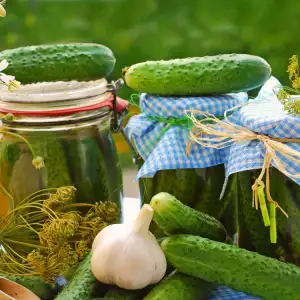
If you've decided to grow gherkins, you need to be confident in your soil's dependability. It is advised for it to be warm, rich in nutrients and drained. Its temperature must not be lower than 50°F (12°C) right before sowing.
Development of the seedlings takes about 3 weeks, if the temperature during germination was at least 70°F (20°C). The seedlings then need to be planted. They need to be distributed in a way that will allow the plants to develop freely. They need a sturdy framework for the lianas to wrap around.
The advantage of this method is that the fruits do not get dirty. When growing cultivars of this type keep in mind that they require frequent fertilization. Drip watering is recommended. As for the types of fertilizers that you'll need, you can find out more from the specialized stores from which you bought the gherkin seeds. They can vary depending on the gherkin variety.
The other factor that is of prime significance for growing gherkins properly is abundant irrigation. The plants have the greatest need of watering while the fruits are forming. Sometimes, gherkins can be vulnerable to strong winds. That is why it is a good idea to choose a lee area when planting them. Or to plant other cultures around them to shield them from the wind.
Another downside to gherkins is that they can be attacked by weeds. That is why the area between the separate plants needs to cleared regularly. When performing this operation, be careful not to injure the plants since their stems are very fragile. As well, keep in mind that gherkins have a shallow root system that is also easily harmed.
Choosing and Storing Gherkins
If you don't have the opportunity to grown your own gherkins at home, you can simply buy some from the store. A rich variety of these vegetables is available in stores. But before you buy, take a close look at them. They need to have a fresh green color and rigid texture. Never buy gherkins that are soft, wrinkled or giving off an unpleasant smell.
There are no special measures when it comes to storing gherkins. Simply put them in a cool area (basement, cellar or refrigerator). If stored thus, they will maintain their freshness for the next 3-4 days. But if buying gherkins from the store, use them within 1-2 days since there is no way of knowing how long ago they were picked.
Cooking Gherkins
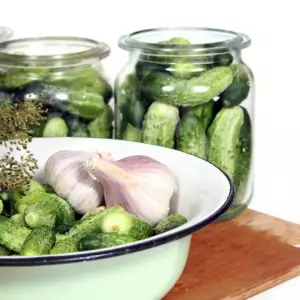
Gherkins possess wonderful culinary properties. They can be used fresh or pickled. When making pickled jars of them, season with salt, sugar, vinegar. Add black pepper, mustard seeds, allspice, horseradish, bay leaf, garlic and onions. Gherkins can also be put into mixed pickles, with carrots, tomatoes, cauliflower, zucchini, cabbage, peppers and others.
Fresh gherkins can be used in various salads. They can easily substitute plain cucumbers. Gherkins go perfectly with mixed vegetables, leafy vegetables, mushrooms, olives, fillets, hams, soft and hard cheeses. How you choose to combine them is a simple matter of taste.
Benefits of Gherkins
Firstly, gherkins are healthy because they provide the body with a large amount of water and protect against dehydration. The insides of gherkins can be used for beauty treatments, since they nourish, cool and soothe the skin. They are used in many types of homemade facial masks. They are believed to help against dark circles around the eyes.
The ground flesh of gherkins can be used against irritated or inflamed skin. It is preferred for sunburns as well. Another upside is that gherkins are dietetic and can be eaten in large quantities without this negatively affecting your weight. In fact, a diet containing gherkins can only help you lose a pound or two.
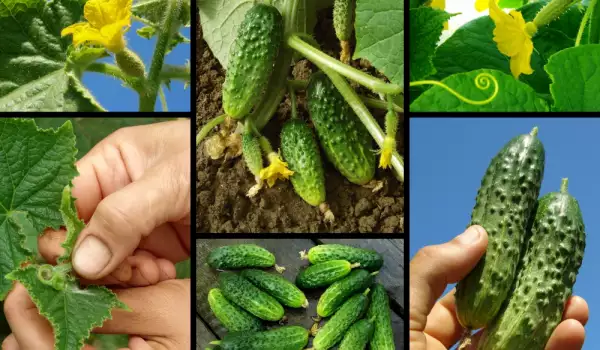
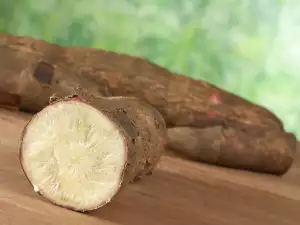


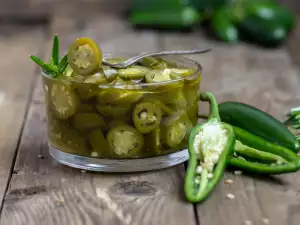
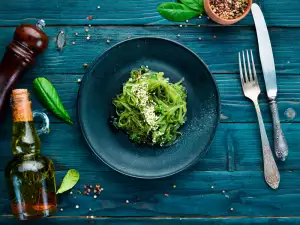
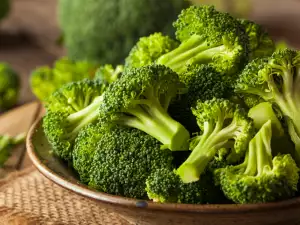
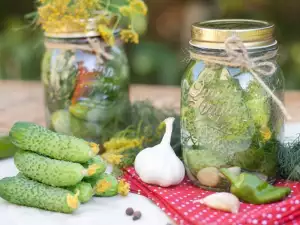


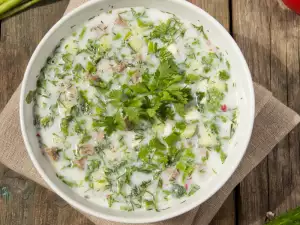
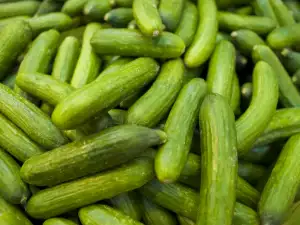
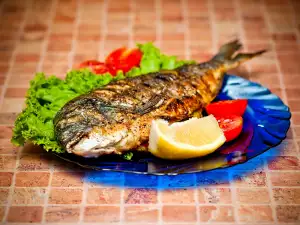
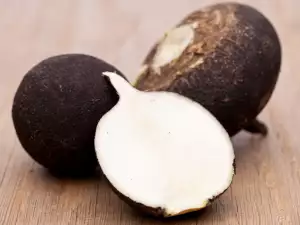




Comments